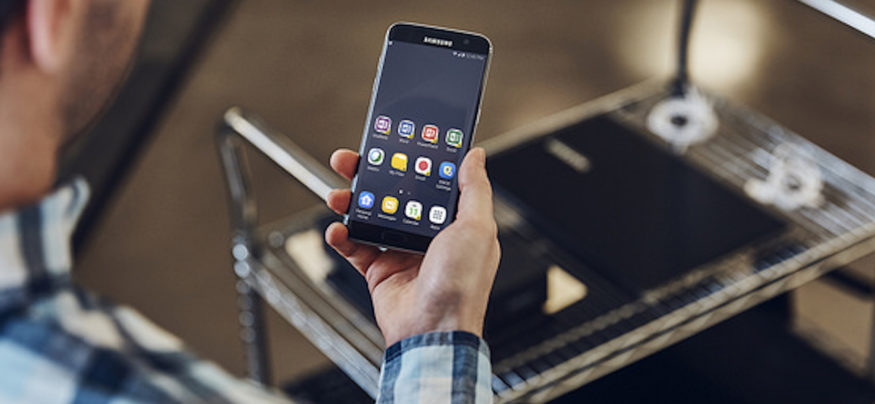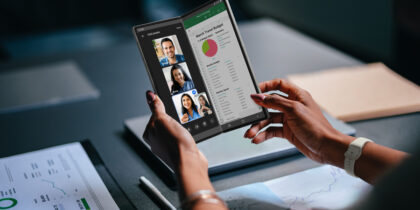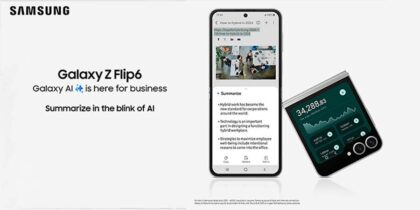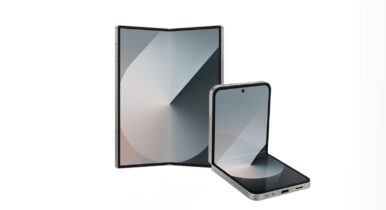Chief information officers are facing serious questions about how to mobilize their workforces with the applications they need. Yet many corporations have hundreds of internally developed desktop applications built for executives and staff, and they need a replicable application migration strategy to take these applications mobile.
Now is also time to take advantage of the smartphone features we’ve all taken for granted in the consumer world and put them to work in your business. In order to take advantage of mobile app push alerts, high-resolution cameras and the increased responsiveness that mobility provides, follow these three strategies to mobilize legacy desktop applications.
From a Desktop to a Mobile Mindset
Because legacy desktop applications can lock businesses into outmoded thinking and technology stacks (“we’ve always done it this way”), moving a desktop application to mobile may mean a change in mindset for you and the business units you support.
When mobilizing an application, you can add features that enable workers to be more informed, responsive and productive, transforming how your company does business. For example, mobilizing a work order application can allow a dispatcher to send work orders directly to employees’ smartphones, saving both the company and its employees time and money by allowing workers to leave their homes and go straight to job sites instead of having to meet up at the central office for assignments.
Adding camera support to the newly mobile work order app enables workers to photograph or livesteam video of a damaged piece of equipment at a client location directly from the app. Field workers can now leave their digital cameras back at the office, and no longer have to trek through rush-hour traffic to spend time downloading photographs in the office at the end of their day.
With mobile apps, technicians in the field can also receive push alerts on their smartphones when their managers assign a new work order to them, and managers can establish alerts at important parts of a workflow that require attention from technicians in the field. The addition of alerts also benefits senior management and executives, as corporate back-end applications can send them notifications about major market shifts or events that require immediate management response and critical decisions. Mobility increases productivity by providing employees with crucial information right at their fingertips.
Executives also benefit by having real-time access on their smartphones to critical business decision data and applications. By building alerts into an application, they can have access to real-time data that is proactively sent to them, allowing them to make quick decisions and resolve potential issues before they occur.
Design Your Mobile App UI/UX Around Critical Info
Desktop applications are designed for a large screen, often with dashboards showing key data. Even if your employees are carrying a large-screen smartphone, you’ll need to redesign your app’s screen to focus on the critical pieces of information that a mobile worker needs to do their job. In the case of an inventory reporting application, you may want the mobile app screens to show surplus stock, low inventory or other information that requires direct action on the part of the user so that they can, for example, take immediate pricing action based on this data to reduce inventory.
Another option to explore is creating multiple job-based micro-apps to replace your desktop application, reducing data requirements even further. For example, a line manager may have an app on their phone that monitors the quota on the manufacturing line they supervise, and the executive over that manager may have two apps for pricing and sales. In the desktop days, both of these business users likely accessed the same application.
For some users, the case can be made to combine multiple applications into one mobile app. For instance, a field sales rep could benefit from one app that includes views into customer relationship management (CRM), and enterprise resource planning (ERP) data from a single interface. It’s about helping employees work most efficiently based on the data they require.
Lastly, it’s important to ensure that you have a consistent user experience throughout all of the applications you build and deploy. The goal should be to have the users able to use the application with little to no training, so that when new applications are rolled out they know how to use them to perform their jobs.
Bridge the Divide With MBaaS
A major back-end consideration is how to get the legacy data from your enterprises to your new mobile app. You can use mobile-backend-as-a-service (MBaaS) or another cloud-based micro-service platform to transform your application data into a mobile-friendly REST API to bridge the gap between mobile and the legacy enterprise. Samsung has partnerships with several MBaaS providers including:
An MBaaS can manage your application’s database replication from on-premise to a cloud backend, opening data access to mobile users. These platforms include tools for secure app development and security policies, and you can integrate them with an enterprise mobility management (EMM) solution.
Making the changes to mindset, UI and database replication are key elements in application migration from desktop to mobile, enabling you to deliver mobile apps that are specific, quick and responsive to your business needs.
Our enterprise solutions and technologies are designed to provide the balance of security and productivity businesses need to keep up with an increasingly mobile workforce.







